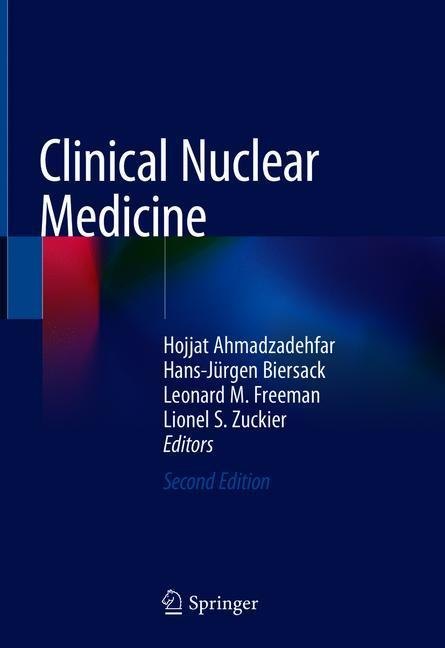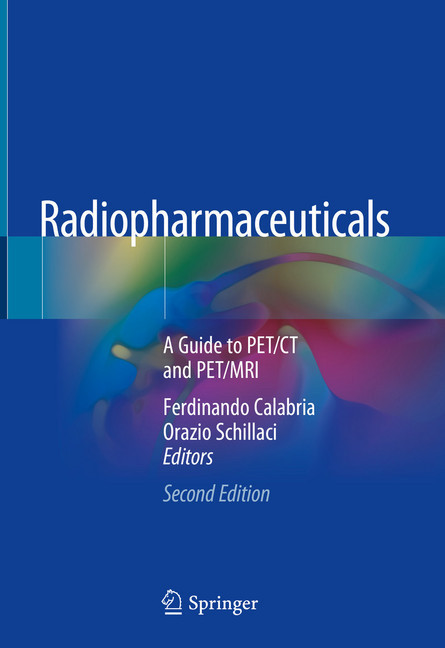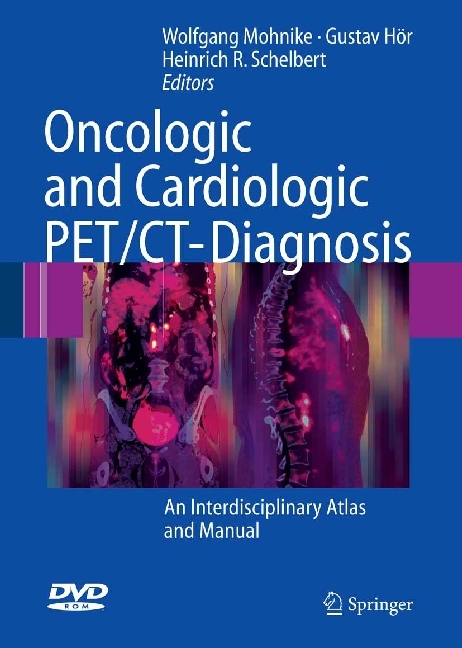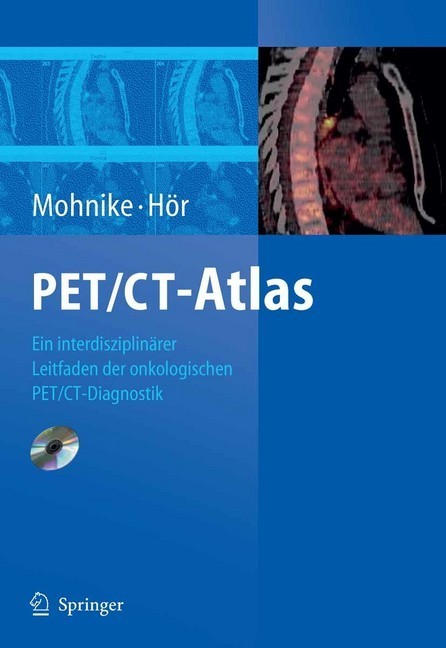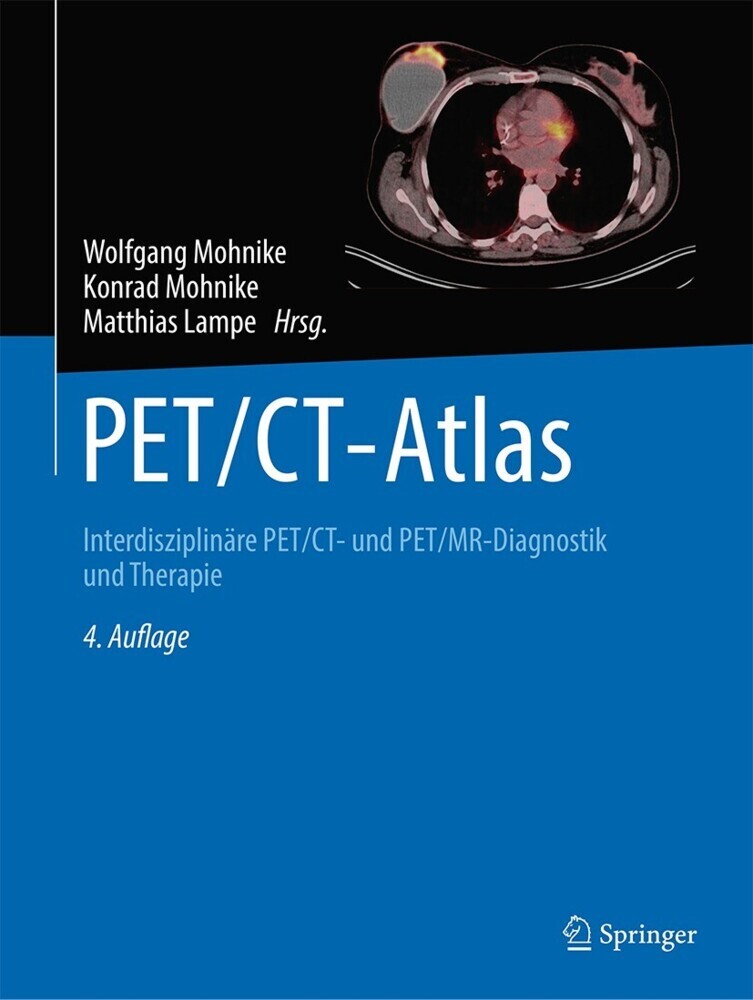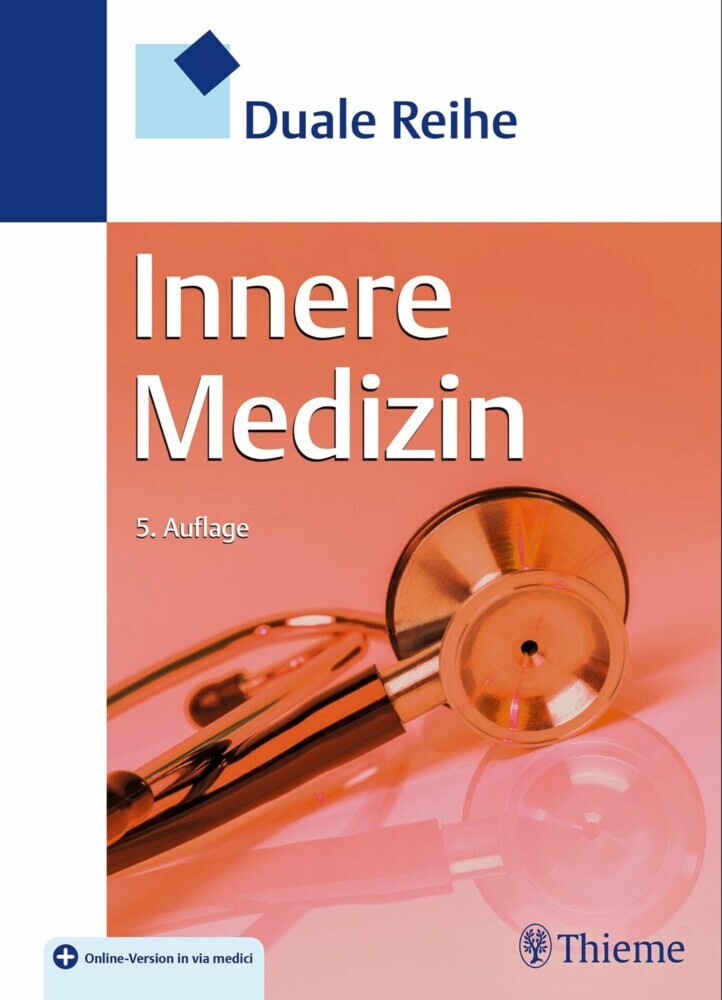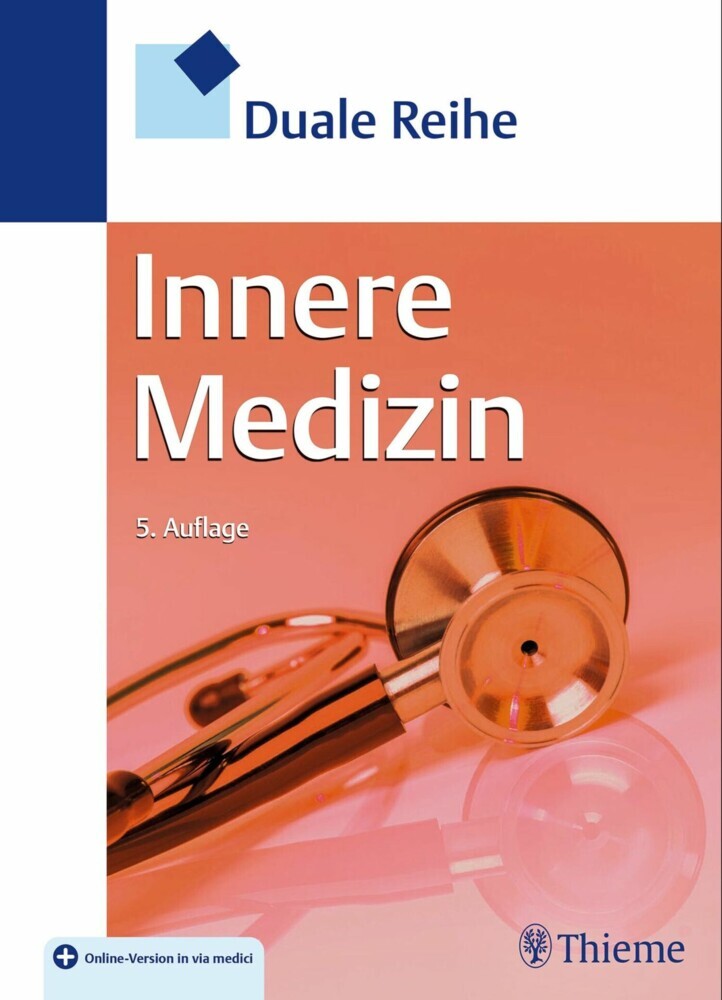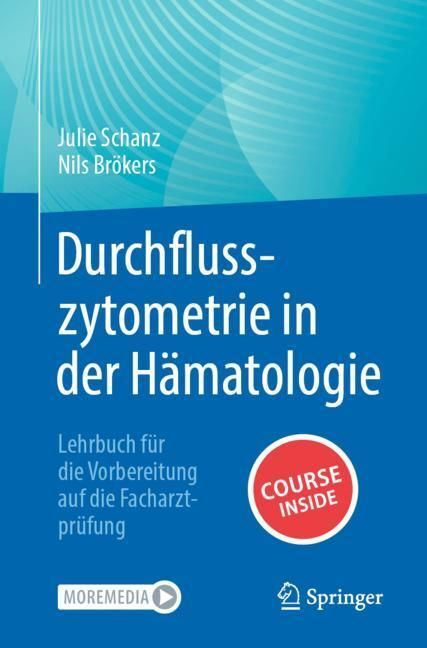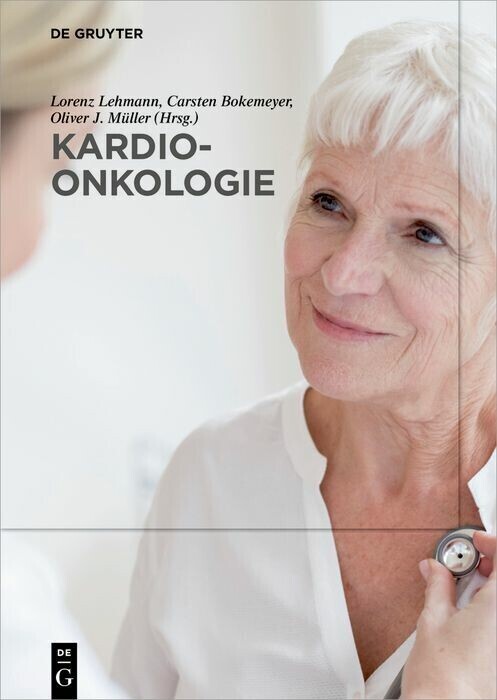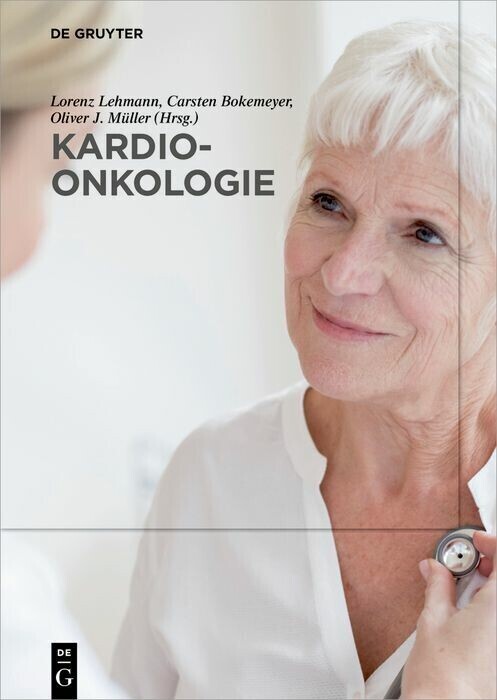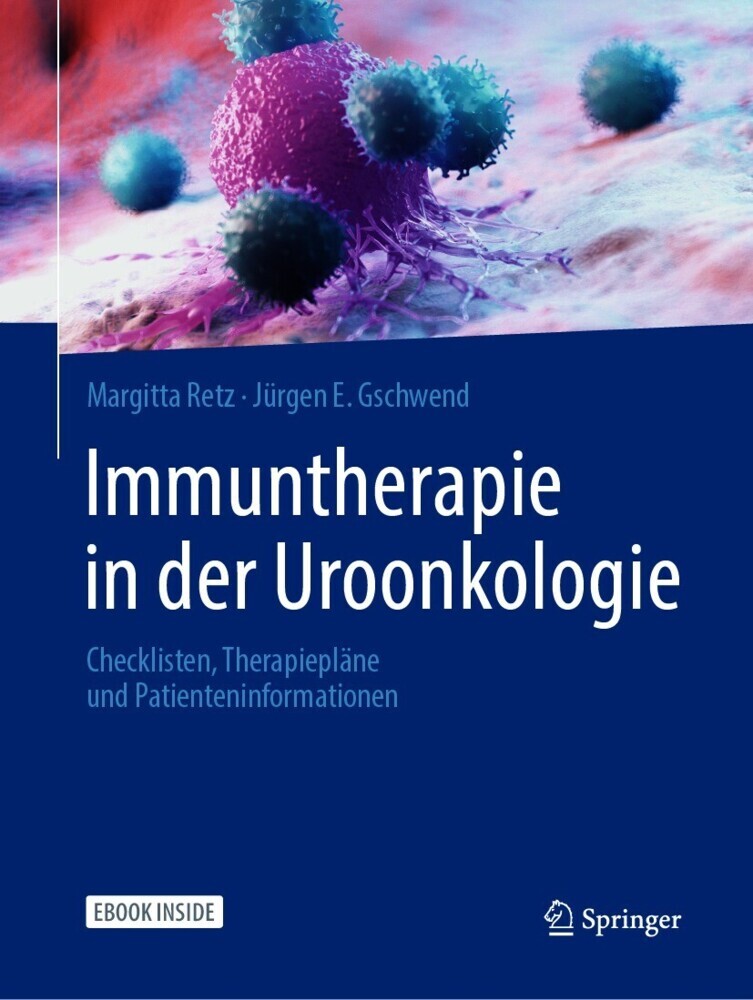Clinical Nuclear Medicine
In the new edition of this very successful book, European and North American experts present the state of the art in diagnostic and therapeutic radionuclide procedures. The aim is to examine established and emerging clinical applications in detail, rather than to consider everything included in the comprehensive texts already available within the field. This 'practical' approach ensures that the book will be a valuable guide for nuclear medicine physicians, technologists, students, and interested clinicians alike. This edition of Clinical Nuclear Medicine has been extensively revised to take account of recent developments. The roles of SPECT/CT, PET/CT, and PET/MRI are clearly explained and illustrated, and the coverage extended to encompass, for example, novel PET tracers and therapeutic radionuclides, advanced techniques of brain imaging, and the development of theranostics. Readers will be fully persuaded of the ever-increasing value of nuclear medicine techniques in depicting physiology and function and complementing anatomic modalities such as CT, MRI, and ultrasound.
Prof. Dr. Hojjat Ahmadzadehfar, MSc is head of the Department of Nuclear Medicine at the Westfalen Clinic in Dortmund. Ahmadzadehfar received his medical degree from Guilan Medical University in Iran 1999 and did his residency in Nuclear Medicine in Germany at the Department of Nuclear Medicine, University Hospital Bonn 2003-2008. From 2008 to 2013 he was the assistant medical director of the Department of Nuclear Medicine University Hospital Bonn and from 2013 until end of 2019 worked as the head of the therapy section of the Department of Nuclear Medicine University Hospital Bonn. Prof. Ahmadzadehfar serves as an editor and reviewer for several international journals and has authored and co-authored over 160 papers and book chapters. His main research area is targeted radionuclide therapy and theranostics.
Hans-Jürgen Biersack was Professor of Nuclear Medicine at the University of Bonn for more than 30 years and is now Emeritus Professor. He has many years of experience as Director of the Klinik und Poliklinik für Nuklearmedizin in Bonn. In a long and distinguished career, he has served as President of both the German Society of Nuclear Medicine (1992-4) and the World Federation of Nuclear Medicine and Biology (1994-8). He has received a number of awards, including the Georg von Hevesy Medal (2000), and was Badgastein Lecturer in 1988, Dr. Luis Guerrero Lecturer in 1994, and L. Rao and Shanta Chervu Lecturer in 2000. He holds the Order of Merit from the Federal Republic of Germany and the Sign of Honor from the Red Cross. Professor Biersack has sat on the editorial boards of numerous leading journals and has acted as editor for several journals. He is the author of 440 papers cited in PubMed/MEDLINE as well as 310 book chapters and 35 books. He continues to work at Betaclinic Bonn.
Leonard M.Freeman is the Chief of Service of the Moses Division of Nuclear Medicine at the Montefiore Medical Center as well as Professor of Radiology at the Albert Einstein College of Medicine in New York. He is Board Certified in Radiology, Nuclear Radiology and Nuclear Medicine. He is a graduate of the University of Health Sciences-Chicago Medical School and has received its Outstanding Alumnus Award. He is a past president of the Society of Nuclear Medicine and Molecular Imaging and has received its Distinguished Service Award. He also is a past president of the SNMMI General Clinical Nuclear Medicine Council and has received its Lifetime Achievement Award. Most recently he received the Clinical Best Mentor Award and the Gold Medal of the American College of Nuclear Medicine. He is the author of more than 250 journal articles, scientific exhibits and book chapters. In addition, he is the founder and co-editor of Seminars in Nuclear Medicine for the past 50 years and a past 25 year editor of Nuclear Medicine Annual. He has also edited two major Nuclear Medicine textbooks and has served on the editorial board of six journals in related fields. He also is a past examiner for the American Board of Radiology.
Lionel Zuckier is Division Head of Nuclear Medicine at Montefiore Medical Center and Professor of Radiology at the Albert College of Medicine, having relocated from Ottawa, Canada in 2018. He attended medical school in New York at the Albert Einstein College of Medicine where he subsequently continued his training in Nuclear Medicine and Diagnostic Radiology. He has certification from the American Board of Nuclear Medicine, the American Board of Radiology, and the Certification Board of Nuclear Cardiology and is certified as a Fellow of the Royal College of Physicians and Surgeons of Canada (FRCPC) in Nuclear Medicine. He has served on examination committees for both the American Board of Radiology and the Royal College of Physicians and Surgeons of Canada. Dr. Zuckier has published widely in the fields of nuclear medicine and PET and has held basic science and clinical research grants from government and industry. He has served on numerous editorial boards and professional committees, including the American Board of Radiology and the Society of Nuclear Medicine.
1;Preface;5 2;Contents;7 3;Part I: Basics;10 3.1;1: Physics, Instrumentation, and Radiation Safety and Regulations;11 3.1.1;1.1 Introduction;11 3.1.2;1.2 Basic Physics;11 3.1.2.1;1.2.1 Atomic and Nuclear Structure;11 3.1.2.2;1.2.2 Radioactivity;16 3.1.2.2.1;1.2.2.1 Nuclear Instability;16 3.1.2.2.2;1.2.2.2 Modes of Radioactive Decay;16 3.1.2.2.3;1.2.2.3 Mathematics of Radioactive Decay;17 3.1.2.3;1.2.3 Interactions of Radiation with Matter;19 3.1.2.3.1;1.2.3.1 Elastic and Inelastic Interactions;19 3.1.2.3.2;1.2.3.2 Photon (X- and ?-Ray) Interactions;19 3.1.2.3.3;1.2.3.3 Particulate-Radiation Interactions;21 3.1.3;1.3 Radiation Detection and Measurement;21 3.1.3.1;1.3.1 Statistical Considerations;21 3.1.3.2;1.3.2 Radiation Detector Performance;22 3.1.3.3;1.3.3 Basic Design and Operating Principles of Radiation Detectors;24 3.1.3.4;1.3.4 Ionization Detectors;24 3.1.3.5;1.3.5 Scintillation Detectors;26 3.1.3.6;1.3.6 Semiconductor-Based Ionization Detectors;28 3.1.4;1.4 Nuclear Medicine Instrumentation;28 3.1.4.1;1.4.1 Intraoperative Probes;28 3.1.4.2;1.4.2 Organ Uptake Probes;30 3.1.4.3;1.4.3 Gamma Cameras;30 3.1.4.4;1.4.4 Tomographic Scanners;32 3.1.4.4.1;1.4.4.1 Introduction;32 3.1.4.4.2;1.4.4.2 SPECT Data Acquisition;33 3.1.4.4.3;1.4.4.3 PET Data Acquisition;34 3.1.4.4.4;1.4.4.4 Data Processing and Tomographic Image Reconstruction;39 3.1.4.4.4.1;Normalization/Nonuniformity Correction;39 3.1.4.4.4.2;Dead Time Correction;39 3.1.4.4.4.3;Center-of-Rotation Misalignment Correction (SPECT);39 3.1.4.4.4.4;Randoms Correction (PET);41 3.1.4.4.4.5;Scatter Correction;41 3.1.4.4.4.6;Attenuation Correction;41 3.1.4.4.4.7;Image Reconstruction;42 3.1.4.4.4.8;Quantitation;42 3.1.4.4.5;1.4.4.5 Time-of-Flight (TOF) PET;43 3.1.4.5;1.4.5 Gamma Camera Performance and Quality Control;43 3.1.4.6;1.4.6 Multimodality Devices;47 3.1.5;1.5 Radiation Safety and Regulations;48 3.1.5.1;1.5.1 Quantities and Units;48 3.1.5.2;1.5.2 Regulatory Jurisdiction and Licensure;48 3.1.5.3;1.5.3 Sources of Radiation Exposure and Dose Limits;49 3.1.5.4;1.5.4 Personnel Dosimetry;50 3.1.5.5;1.5.5 Receipt, Transport, Storage, and Inventory of Radioactive Materials;51 3.1.5.6;1.5.6 Radiation Surveys;52 3.1.5.7;1.5.7 Waste Disposal;53 3.1.5.8;1.5.8 Emergency (i.e., Spill) Procedures;53 3.1.5.9;1.5.9 Release Criteria for Radionuclide Therapy;54 3.1.5.10;1.5.10 Record-Keeping;55 3.1.5.11;1.5.11 "Sensitive" Patient Populations;55 3.1.5.11.1;1.5.11.1 Pregnant Women;55 3.1.5.11.2;1.5.11.2 Nursing Mothers;55 3.1.5.11.3;1.5.11.3 Prospective parents;56 3.1.5.12;1.5.12 Concluding Remarks;56 3.1.6;References;56 3.2;2: Radiopharmaceutical Sciences;57 3.2.1;2.1 Introduction;57 3.2.2;2.2 Clinically Relevant Radionuclides;59 3.2.2.1;2.2.1 Introduction;59 3.2.2.2;2.2.2 Properties of Radionuclides for Medical Application;59 3.2.2.3;2.2.3 Nuclear Data;60 3.2.2.4;2.2.4 Reactor-Based Radionuclide Production;60 3.2.2.5;2.2.5 Accelerator-Based Radionuclide Production;61 3.2.2.6;2.2.6 Generator-Based Production of Radionuclides;62 3.2.2.7;2.2.7 High-Intensity ?-Ray Sources for Photonuclear Radionuclide Production;66 3.2.2.8;2.2.8 Spallation Neutron Sources for Radionuclide Production;67 3.2.2.9;2.2.9 Medical Applications of Radionuclides;67 3.2.2.10;2.2.10 Outlook on Future Radionuclides of Clinical Relevance;67 3.2.2.11;2.2.11 Radionuclides for Diagnosis and Therapy;68 3.2.2.11.1;2.2.11.1 The "Standard" PET Radionuclides 11C, 13N, 15O, and 18F;68 3.2.2.11.2;2.2.11.2 44gSc (T½ = 3.97 h);69 3.2.2.11.3;2.2.11.3 52Mn (T½ = 5.591 Days);70 3.2.2.11.4;2.2.11.4 64Cu (T½ = 12.7 h);70 3.2.2.11.5;2.2.11.5 66Ga (T½ = 9.49 h);71 3.2.2.11.6;2.2.11.6 67Ga (T½ = 3.2617 Days);71 3.2.2.11.7;2.2.11.7 68Ga (T½ = 68.3 min);72 3.2.2.11.8;2.2.11.8 72As (T½ = 26.0 h);72 3.2.2.11.9;2.2.11.9 73Se (T½ = 7.1 h);73 3.2.2.11.10;2.2.11.10 76Br (T½ = 16.2 h);74 3.2.2.11.11;2.2.11.11 82mRb (T½ = 6.472 h) and 82Sr (T½ = 25.35 Days);74 3.2.2.11.12;2.2.11.12 86Y (T½ = 14.7 h);75 3.2.2.11.13;2.2.11.13 89Zr (T½ = 78.41 h);75 3.2.2.11
Ahmadzadehfar, Hojjat
Biersack, Hans-Jürgen
Freeman, Leonard M.
Zuckier, Lionel S.
| ISBN | 9783030394578 |
|---|---|
| Artikelnummer | 9783030394578 |
| Medientyp | E-Book - PDF |
| Auflage | 2. Aufl. |
| Copyrightjahr | 2020 |
| Verlag | Springer-Verlag |
| Umfang | 1017 Seiten |
| Sprache | Englisch |
| Kopierschutz | Digitales Wasserzeichen |

